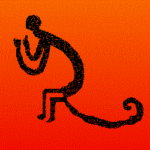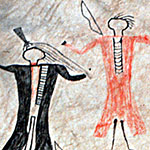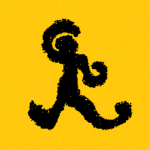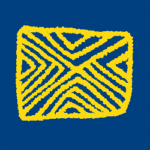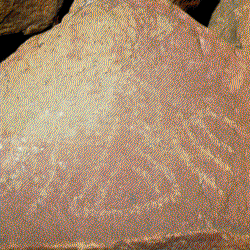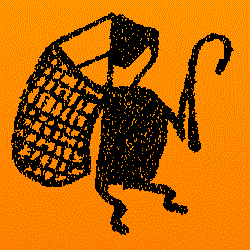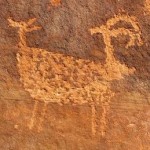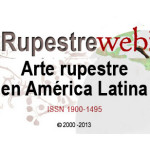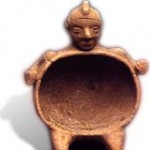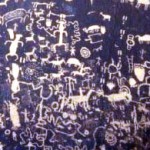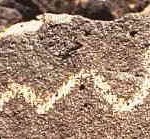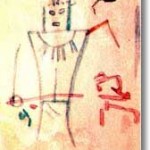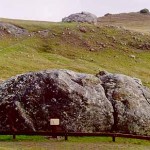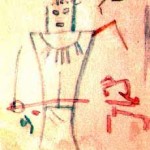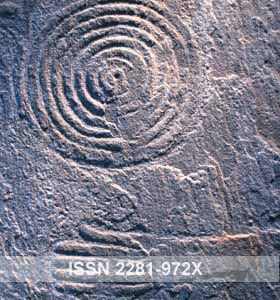 Certain rock art images prove to occur at numerous places in the world, like cupules and zigzags. In most cases this is a matter of parallel invention. However, a number of motifs may have travelled across the globe for short or even enormous distances. This study investigates the distribution of one of the enigmatic rock art features, the serrated edge and explores the possibility that this practice diffused from North America to South America (or vice versa).
Certain rock art images prove to occur at numerous places in the world, like cupules and zigzags. In most cases this is a matter of parallel invention. However, a number of motifs may have travelled across the globe for short or even enormous distances. This study investigates the distribution of one of the enigmatic rock art features, the serrated edge and explores the possibility that this practice diffused from North America to South America (or vice versa).
By Maarten van Hoek

